BLACK COWBOYS...Continued from yesterday: In the superlative movie "Concrete Cowboy" about the Black riders of North Philadelphia (see previous post, "Why Had I Never Heard Of The "Concrete Cowboys?"), ...there's a scene in which some of the horsemen and women are sitting in a city lot around a "campfire" burning in a metal barrel, ...talking about the great number of Black cowboys there were in the early days of the American West and how generally ignored they've been in the history and lore of that time. Now, I had heard of Black cowboys before. In fact, the first time I ever heard of Black cowboys was in my English 101 class my freshman year of college, the same era during which I was introduced to Plato's Allegory of the Cave (see previous post). At some point during the course the Ph.D. grad student who'd been assigned to teach my group of freshman English students mentioned that all American Western movies had a major historical inaccuracy in that none of them (as of that year, which was 1969) included Black cowboys. Black cowboys, claimed my teacher, could be found everywhere across the 19th Century American West. As I recall, I believed my English 101 grad assistant about the Black cowboys about as much as I believed my Philosophy 101 grad assistant about the guys staring at their wall in the cave. After all, I, steeped in the wisdom and knowledge of my 17 years, had never heard of Black cowboys. Nor, in truth, did I hear any more about Black cowboys until I saw the Mel Brooks comedy "Blazing Saddles" about a Black sheriff who brings law and order to a wild Western town. But what neither I nor probably most of the rest of the millions of fans of the 1974 hit movie realized at the time was that there was a great slice of truth amidst the satire and silliness, and that truth is this: that there actually were Black settlers, cowboys, and law enforcement officers in the Old West. And that there was blazing racism there as well. It is a striking moment in "Concrete Cowboy" when one of the women sitting around the fire brings up that the word "cowboy" was coined to refer to the Black men who worked on the ranges. The white cattle workers on horseback were called "cowhands." The Blacks were called "cowboys." However, there being so many Black cowboys, eventually that word was used to refer to all the men who drove cattle and rode horses across the vast expanse of the Old American West. So now we know. References
https://en.wikipedia.org/wiki/Black_cowboys
0 Comments
Leave a Reply. |
"Tropical Depression"
by Patti Liszkay Buy it on Amazon: https://www.amazon.com/dp/B0BTPN7NYY "Equal And Opposite Reactions"
by Patti Liszkay Buy it on Amazon: http://amzn.to/2xvcgRa or from The Book Loft of German Village, Columbus, Ohio Or check it out at the Columbus Metropolitan Library
Archives
July 2024
I am a traveler just visiting this planet and reporting various and sundry observations,
hopefully of interest to my fellow travelers. Categories |
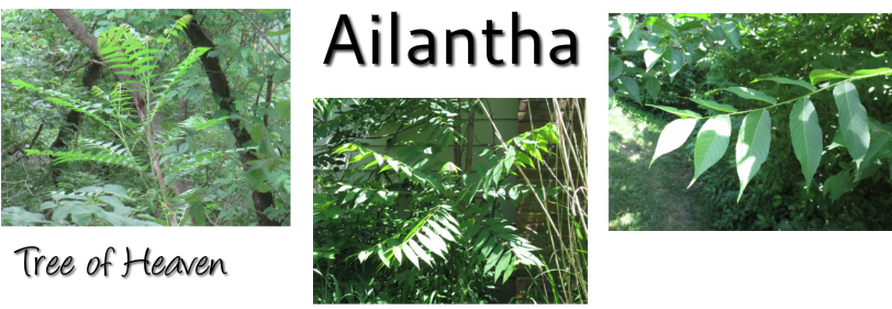

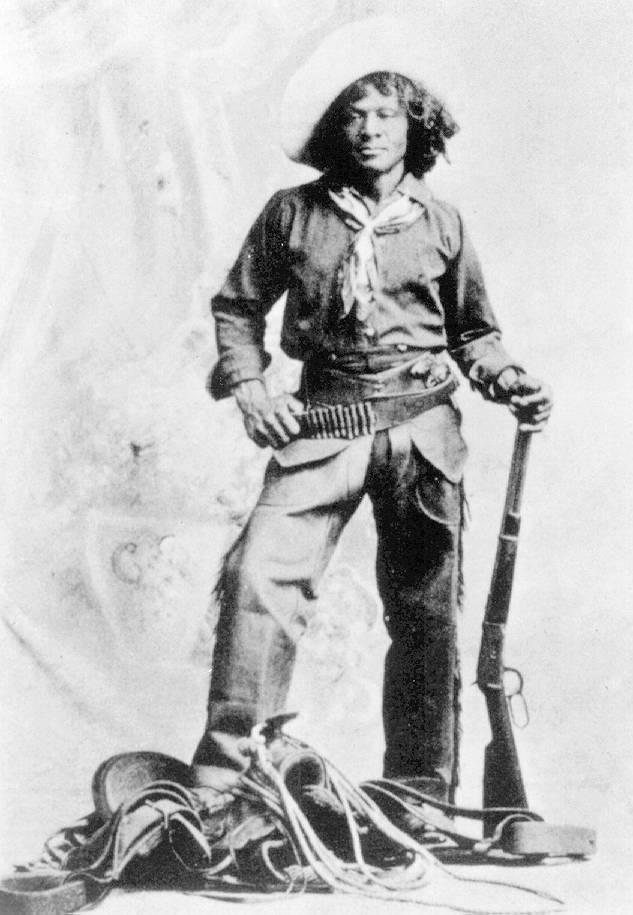
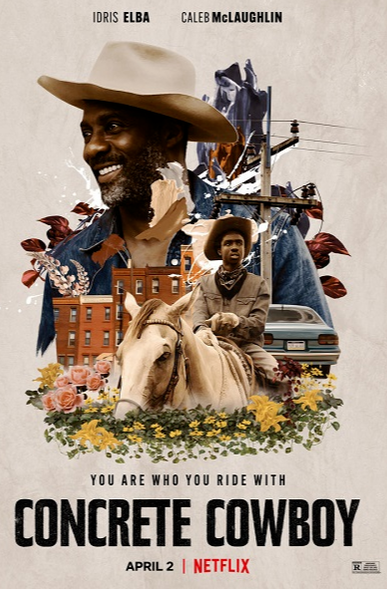
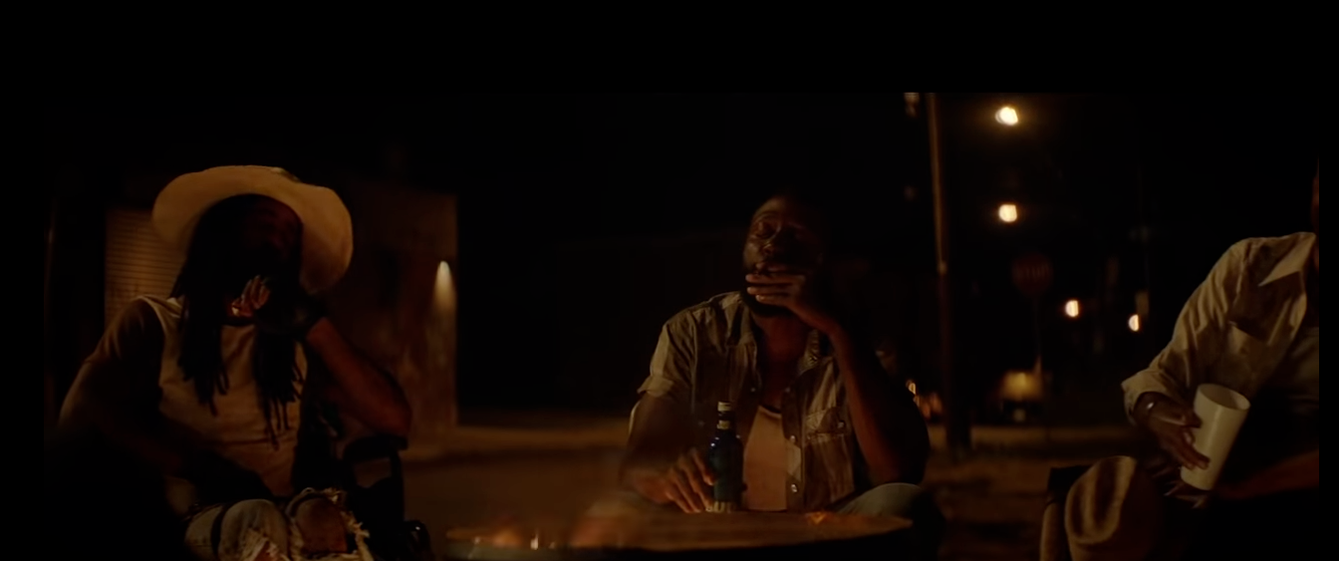
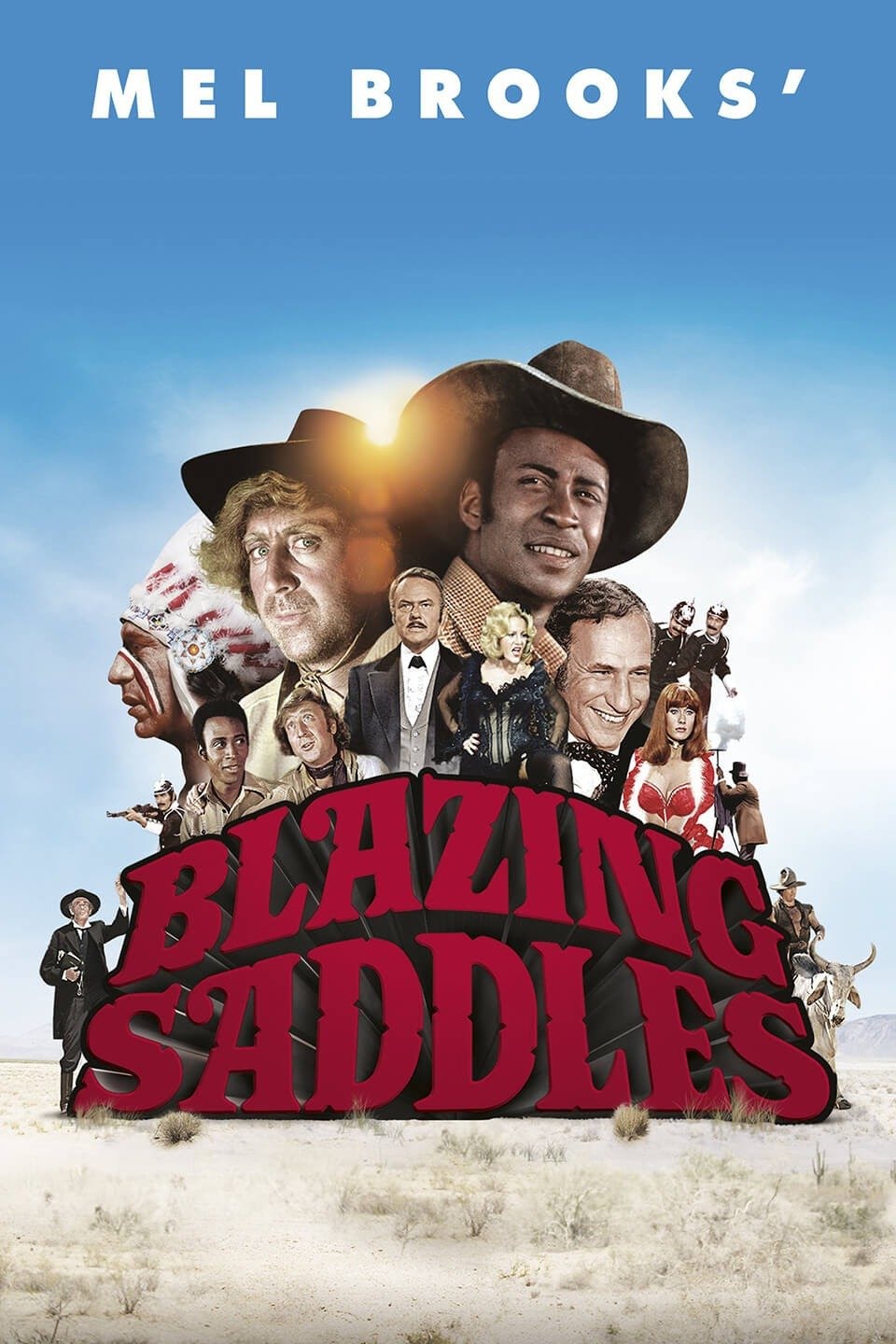
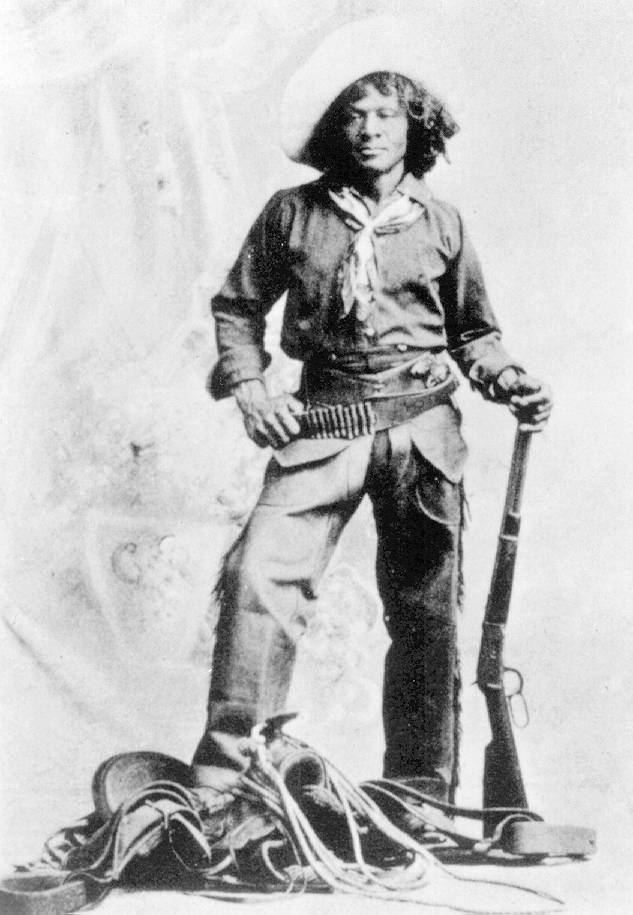



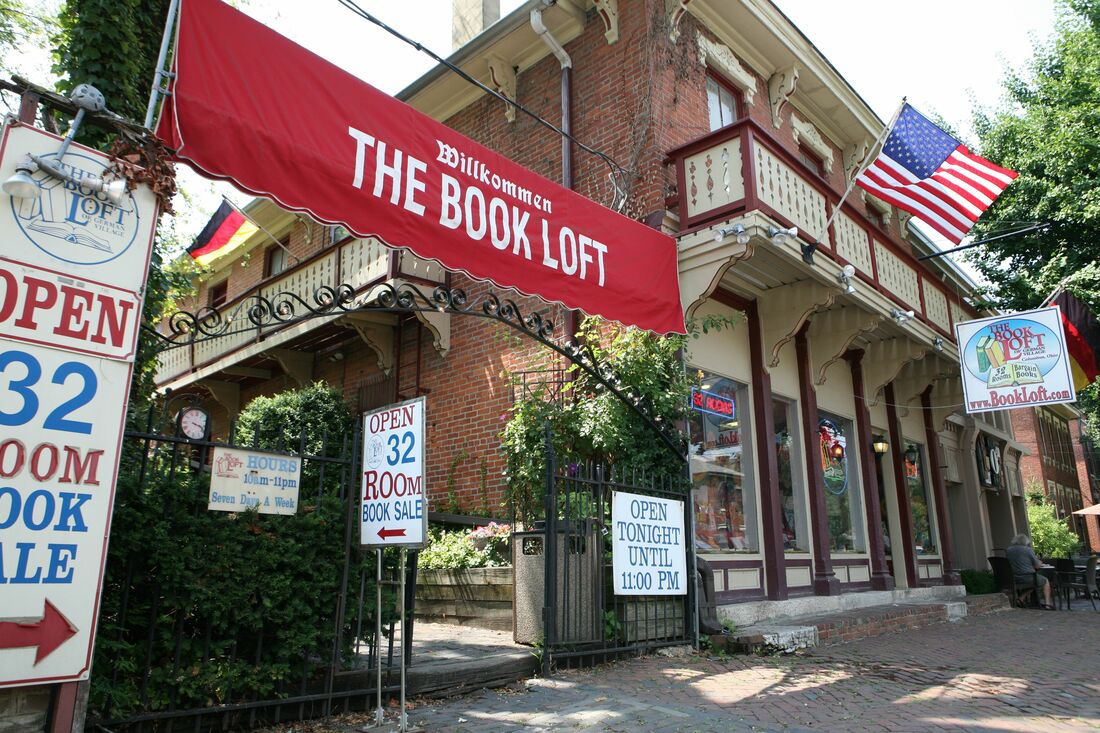

 RSS Feed
RSS Feed